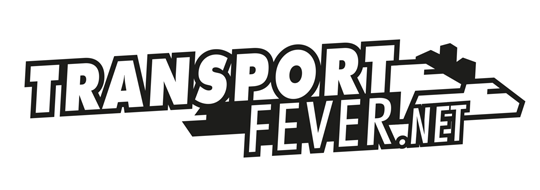A simple street connection doesn't change things. I guess you mean a line that connects both industries directly. In Train Fever the goods traveled itself between industries. This is an image of a newly started game, I only switched on the cargo layer. Wood is traveling from a forest to a saw mill.
But in TpF2 the goods don't do anything without a line. Here they use my lines, the street connection doesn't matter.
And yes, a more direct line that can transport stone in this case would be preferred. This is sometimes unexpected for players. They have a plan in their mind what goods which line should transport but the game obviously cant read the player's mind. It just sees a new line that can also transport the things and there it goes, until you micro-manage the lines, telling the game which goods can be loaded/unloaded.

